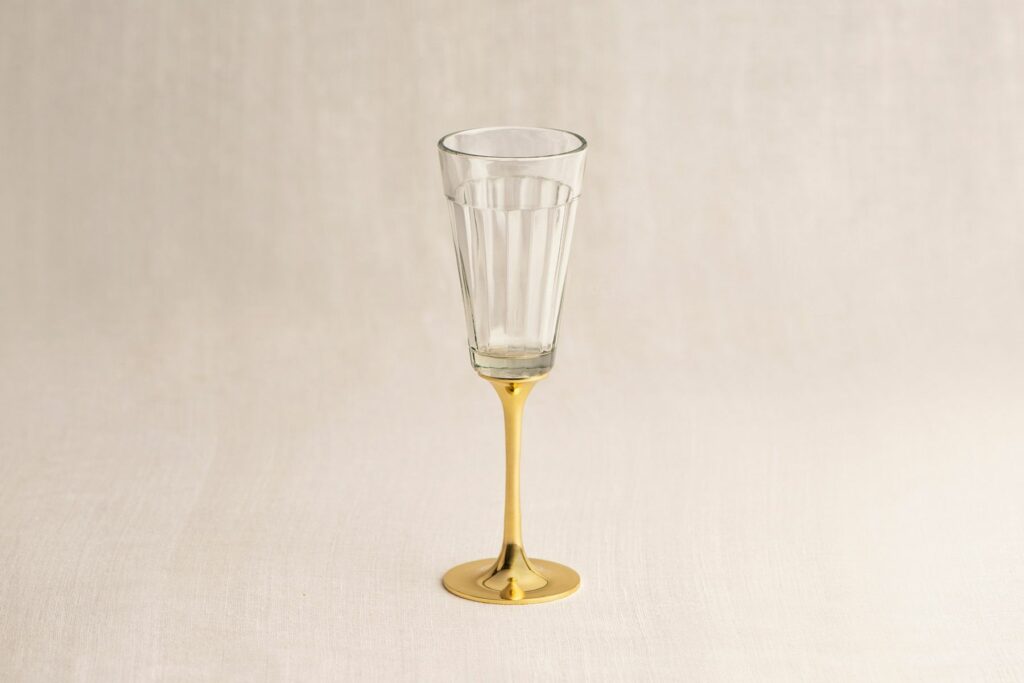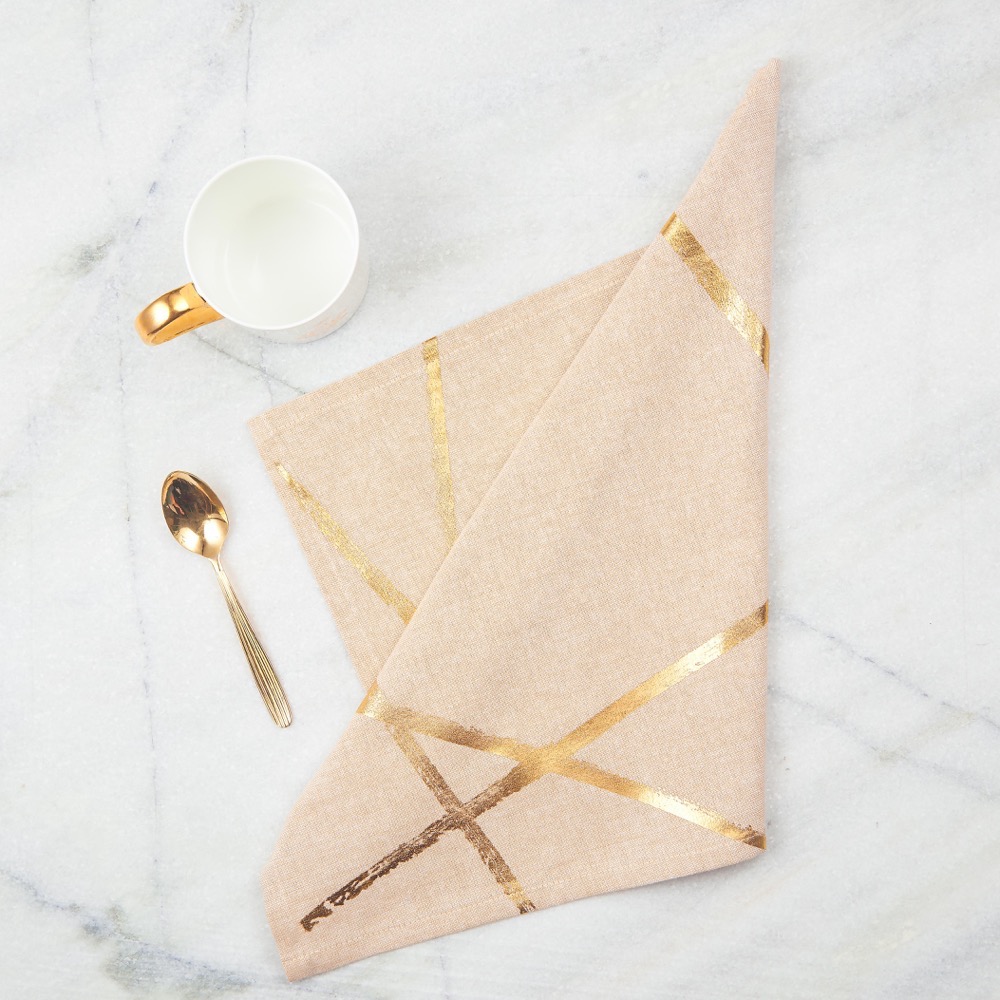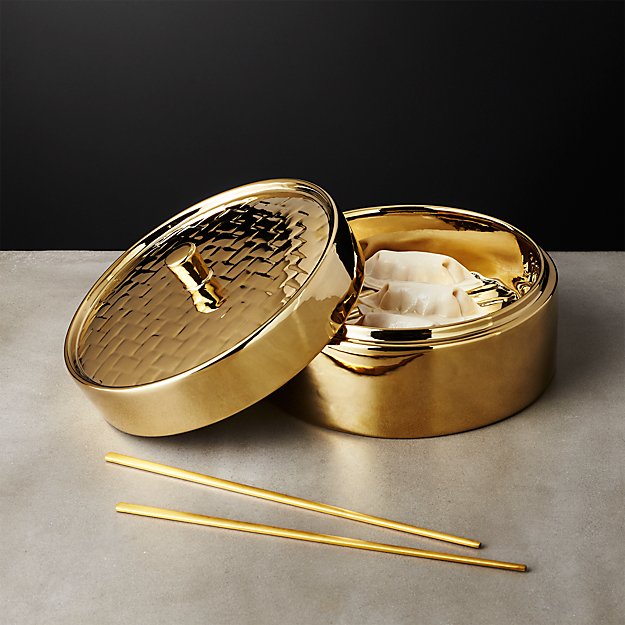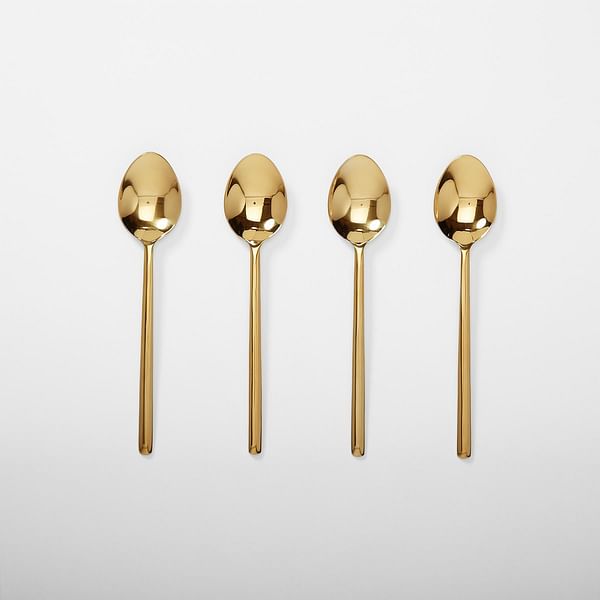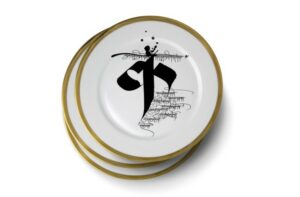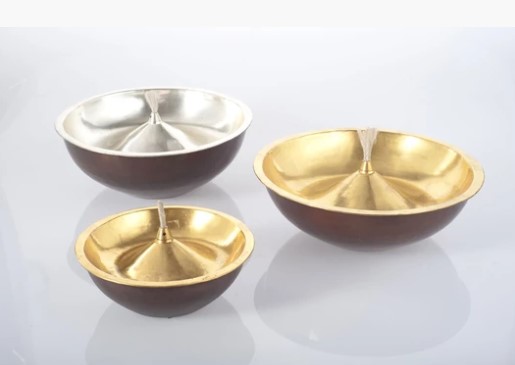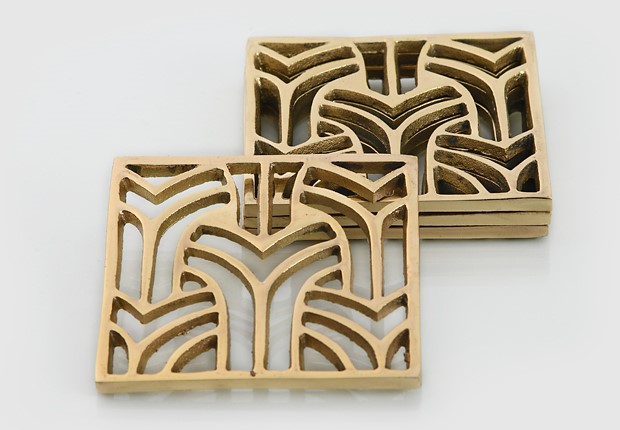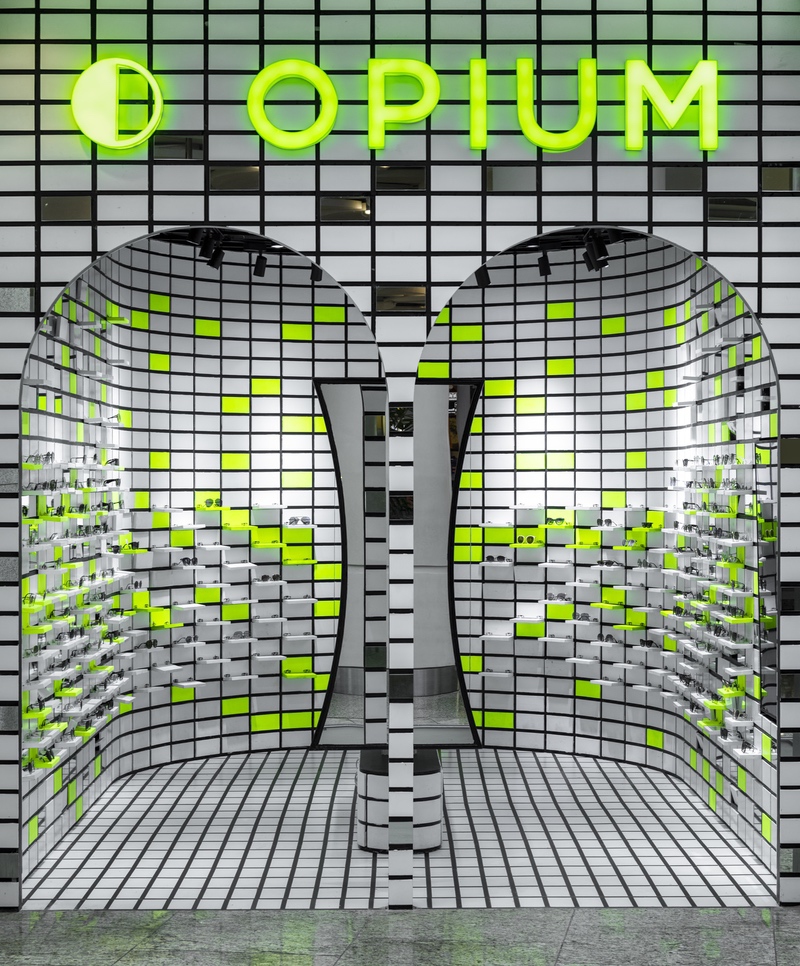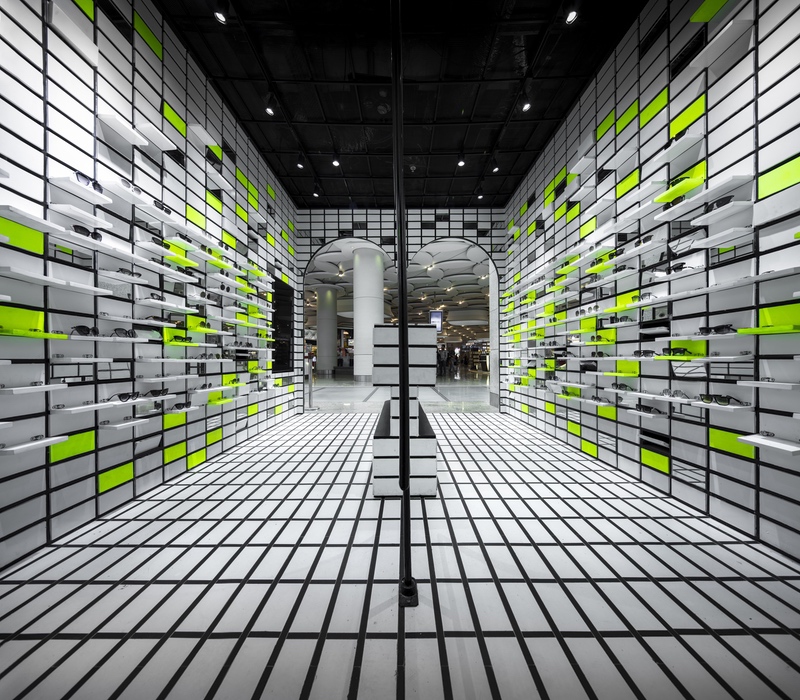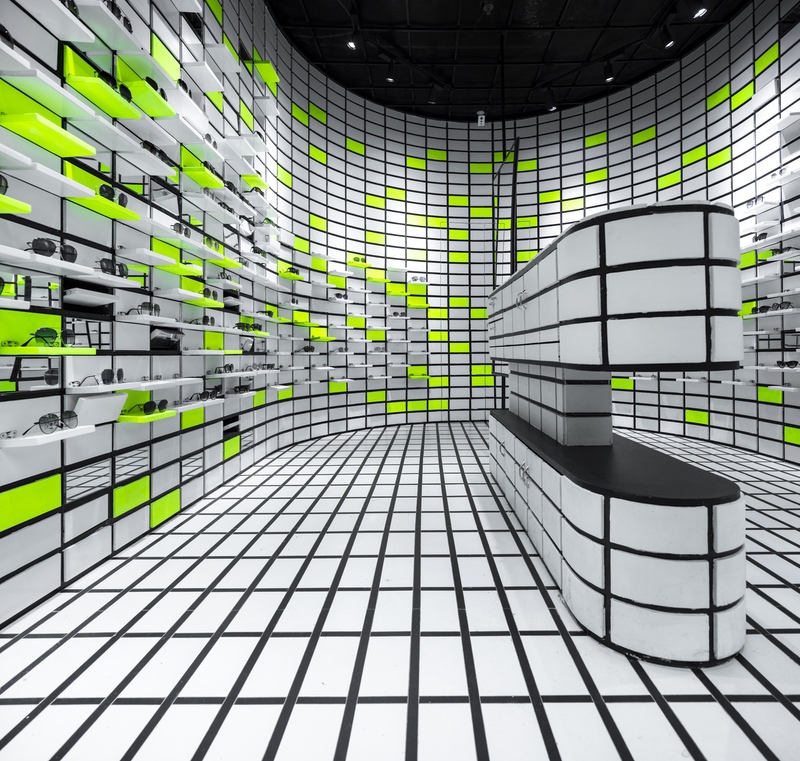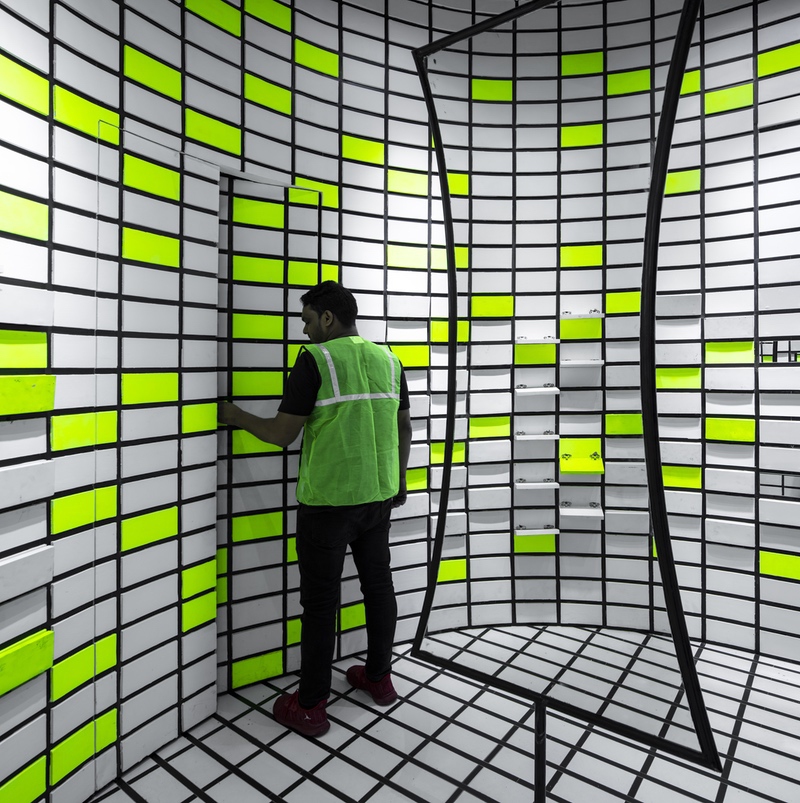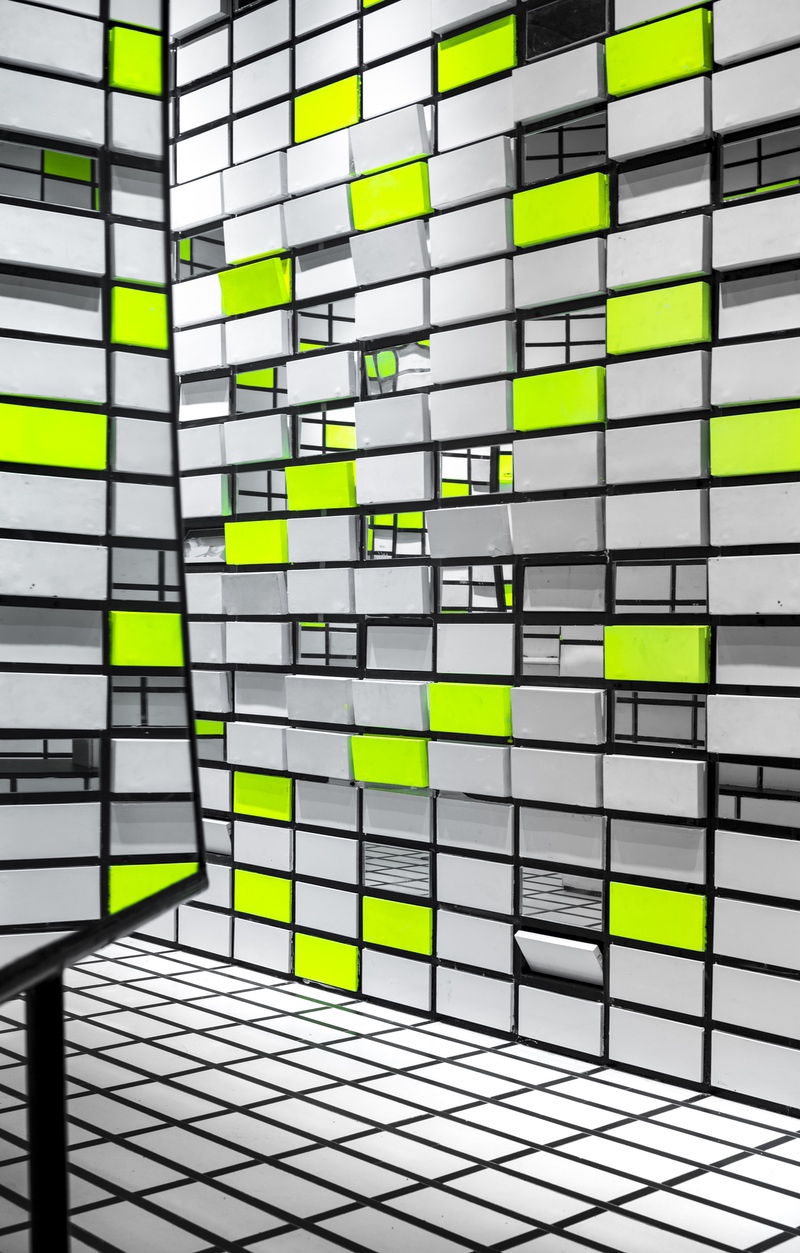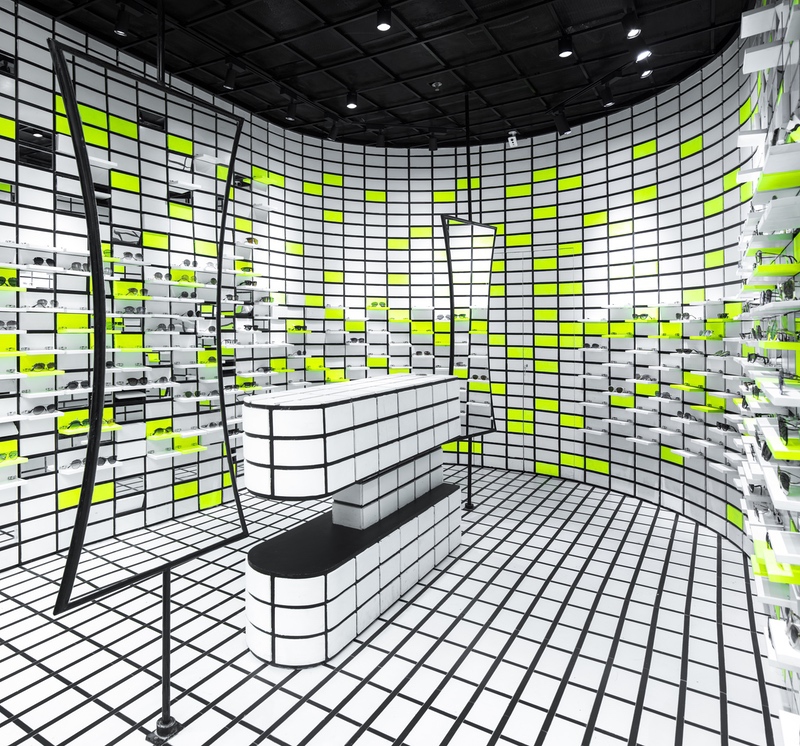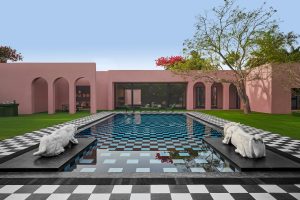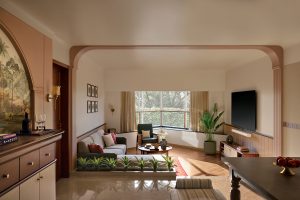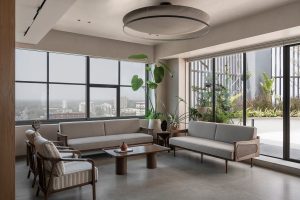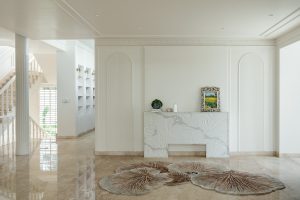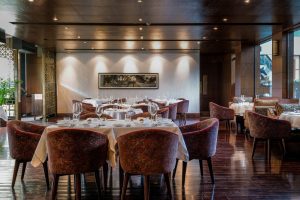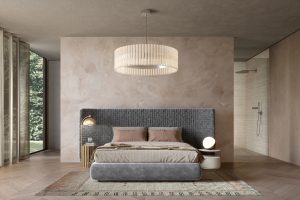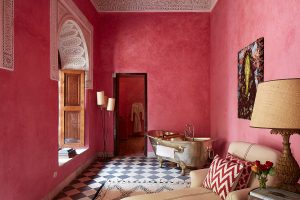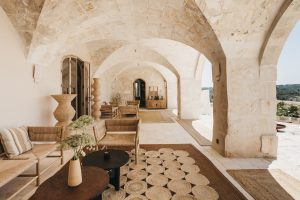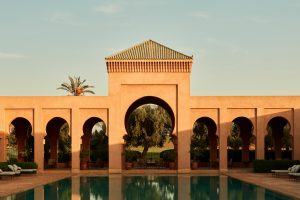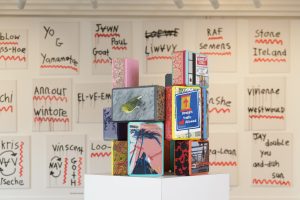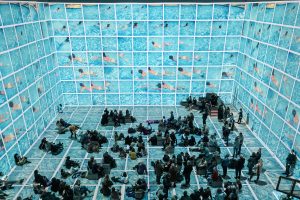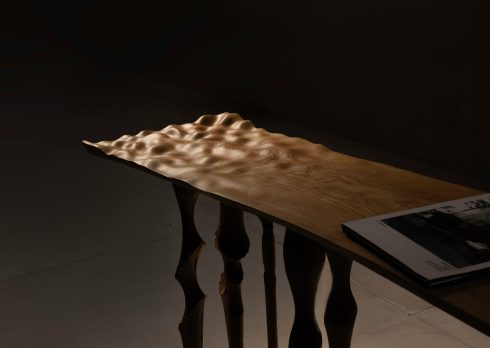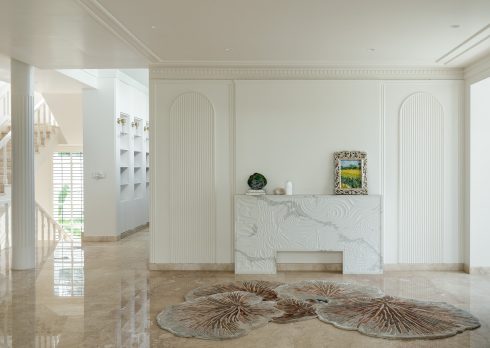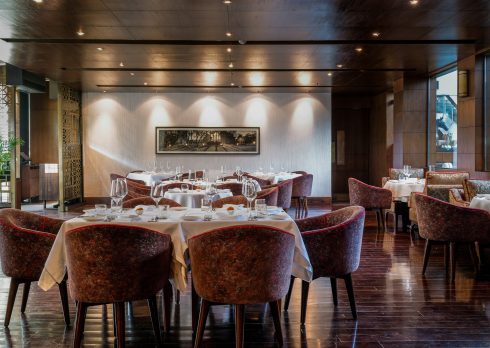10 Must Haves For Your Dinner Table This Diwali
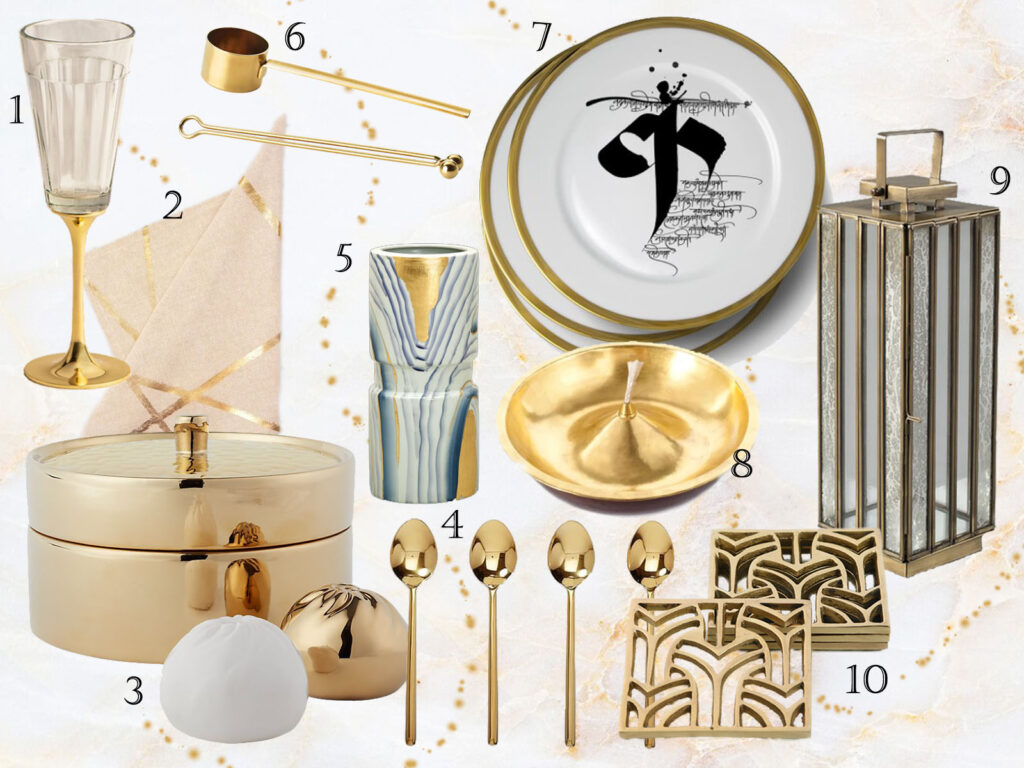
The festive season is well and truly upon us, bringing with it a whirlwind of celebration. From homes beautifully illuminated by oil lamps to vivid rangoli art – festive design is inextricably associated with tradition. In an endeavour to reinterpret a key element of this tradition, we’ve put together a shopping guide of gold essentials for your dinner table. Play the part of the host to perfection, with chai stem glasses and gold-plated dim sum dishes that are sure to make a statement at your Diwali parties. Moving away from ornate motifs and palatial aesthetics, these feature a seamless blend of convention and the contemporary.
The festive season is well and truly upon us, bringing with it a whirlwind of celebration. From homes beautifully illuminated by oil lamps to vivid rangoli art – festive design is inextricably associated with tradition. In an endeavour to reinterpret a key element of this tradition, we’ve put together a shopping guide of gold essentials for your dinner table. Play the part of the host to perfection, with chai stem glasses and gold-plated dim sum dishes that are sure to make a statement at your Diwali parties. Moving away from ornate motifs and palatial aesthetics, these feature a seamless blend of convention and the contemporary.
Here’s our list of Diwali must-haves :
